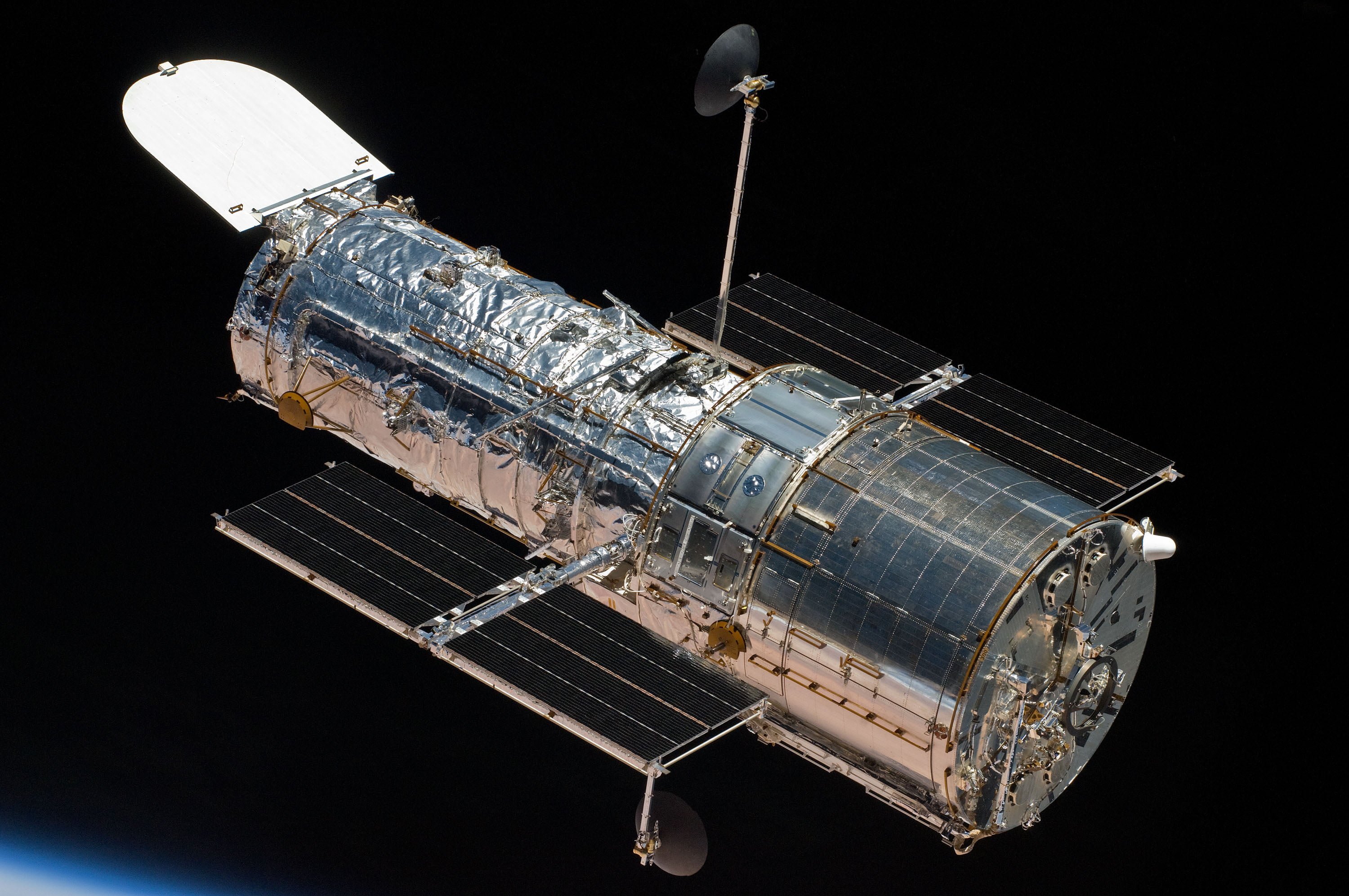NASA’s Hubble Space Telescope is behind various scientific discoveries in the universe, but every now and then an unknown glitch occurs that completely disables some part of the Hubble Space Telescope. This time, it’s another camera malfunction, after a software bug caused it to not be properly installed on the telescope’s main instruments.
The Hubble Space Telescope was hit by a glitch on its Advanced Camera for Surveys, one of the four cameras that the telescope uses to observe the universe. Until it is fixed, the scientific operations which concern the telescope’s Advanced Camera for Surveys have been suspended.
A press release on NASA’s Hubble web page on March 2, describes that the space telescope encountered another camera malfunction on Feb. 28 at 8:31 p.m. EST. The telescope was going through a regular boot procedure, updating and loading software to its main instruments. However, the booting process resulted in an error in the instrument, indicating that the software hadn’t entirely or properly loaded onto the camera’s instrument.
In order to fix the problem, the Hubble team’s instrument system engineers, flight software experts and flight operations personnel will download and analyze the diagnostic information from the telescope. According to the press release, as soon as the main cause of the camera glitch is detected, the team will work out the plan to recover it.
The camera glitch doesn’t mean that the telescope will stop working entirely. It will continue scientific observation through the other science cameras, including the Cosmic Origins Spectrograph, Space Telescope Imaging Spectrograph and Wide Field Camera 3. NASA noted that there’s no reason to worry, given that currently there are no scientific observations scheduled for this or next week, and the observations for the two weeks after that can be rescheduled, so hopefully in the mean time, the engineers will be able to fix the camera so that no further observations are delayed.
“There are no critical observations using the Advanced Camera for Surveys scheduled for the remainder of this week or next week, and the observations that were planned over the next two weeks can be easily rescheduled,” NASA wrote.
Launched on April 24, 1990, the Hubble Space Telescope was expected to last around 15 years. However, the telescope has well exceeded its life expectancy by making breakthrough scientific discoveries for 28 years. Its last servicing mission took place in 2009, which extended its lifetime for five more years. Nevertheless, the telescope has outperformed that time also. The Advanced Camera for Surveys was installed in 2002, but after its power supply failed in 2007, astronauts replaced it at the time of the final servicing mission.
In January of this year, the Hubble Space telescope encountered another camera malfunction when its Wide Field Camera 3 stopped working, but it was quickly fixed. Also, in October last year, Hubble had entered a safe mode following a gyroscope failure. Gyroscopes are devices which help the telescope point, and although three out of six gyroscopes are required for the telescope to point properly, it can continue working with only two, however with limited positioning capabilities.
The Hubble Space Telescope is holding up well for its years, but with all the new issues emerging, it would be good to look for a replacement. The James Webb Telescope is a good successor, but it has already been delayed several times. Hopefully, it will reach the stars in 2021.





